Consumer behavior is changing fast, especially among young people. Many items that were once essentials in households have seen a massive decline in sales. This shift is not about fads or short-term preferences. It is about a lasting change in habits, technology use, and environmental awareness. Products that used to dominate shelves are now sitting untouched. The reasons range from digital replacements to health concerns, as well as a new focus on minimalist and practical living. Here are 10 once-popular items that young people simply are not buying anymore.
Bar Soap
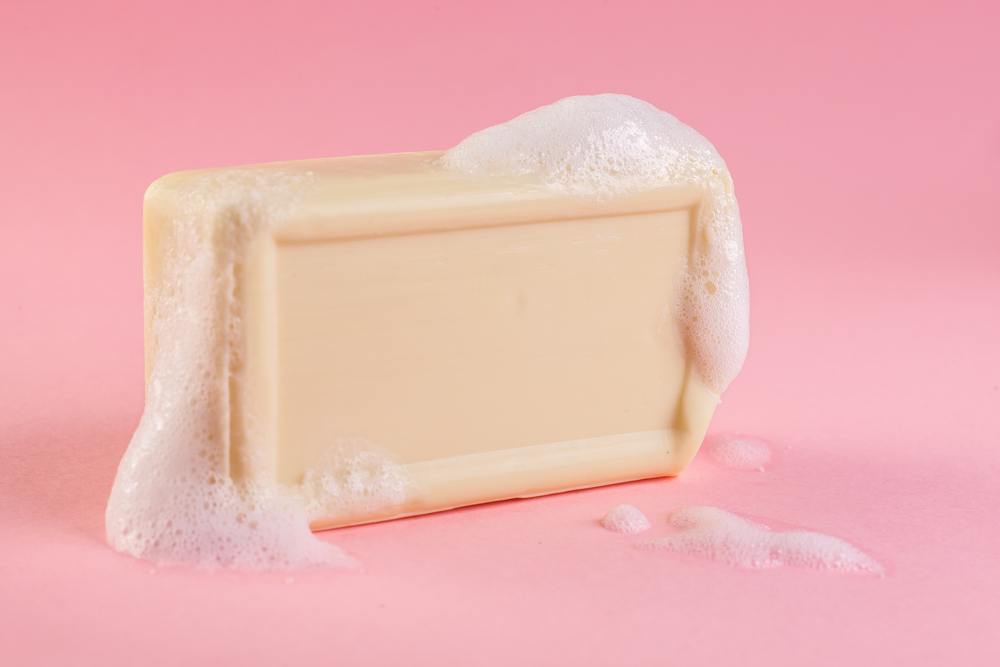
Bar soap was once the go-to option for getting clean. Generations used it without question. Today, young people prefer liquid body wash or foam cleansers. The reasons go beyond trends. Bar soap can leave residue and dry out sensitive skin. It is also viewed as less hygienic, especially when used by multiple people. Many households now opt for pump bottles or refillable dispensers. These are seen as more sanitary and easier to use. Brands are now trying to repackage bar soap as eco-friendly, but its image as old-fashioned still lingers. Convenience and skin-friendly formulas have pushed bar soap out of favor.
Canned Tuna

Canned tuna was once a budget-friendly protein staple. You could store it for months and use it in dozens of recipes. However, young people are moving away from canned seafood. The strong smell, the metallic taste, and concerns over mercury exposure make it unappealing. Many are also cutting back on animal products or seeking more sustainable food sources. Plant-based protein has become a major alternative. Tuna sales have dropped significantly among consumers under 35. Even flavored or ready-to-eat versions have not turned the trend around. For this group, freshness and eco-conscious choices matter more than shelf life.
Fabric Softener
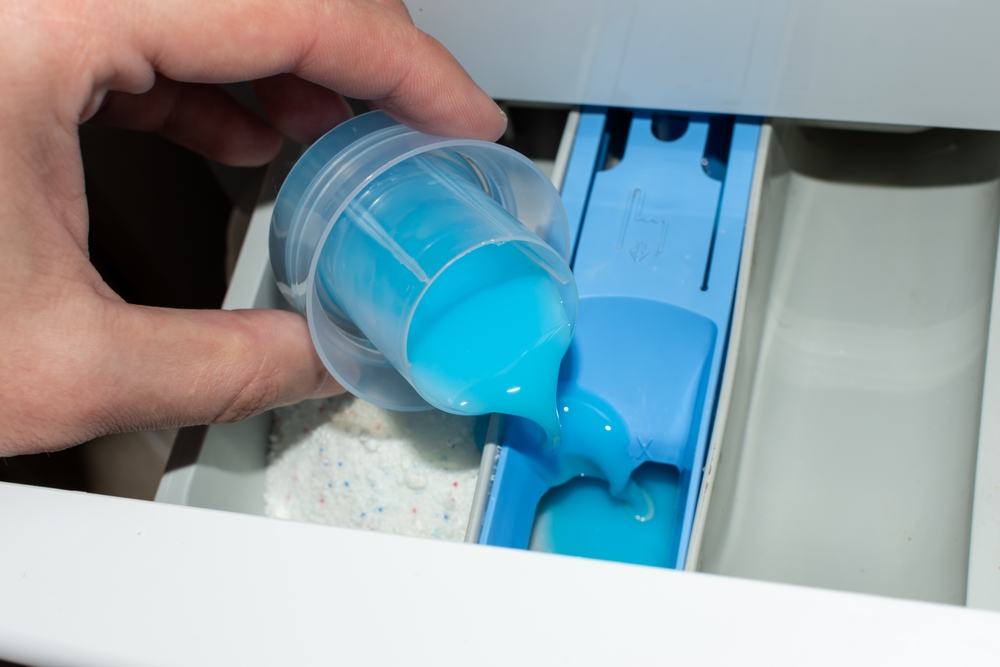
Fabric softener used to be marketed as essential for soft clothes and fresh scents. Now, many young people skip it entirely. It adds extra cost and chemicals to the laundry process. Health concerns about skin sensitivity and allergies are common reasons for avoiding it. On top of that, newer washing machines and high-efficiency detergents reduce the need for extra products. People are choosing fragrance-free or plant-based detergents that do not require softeners. There is also growing awareness that some softeners damage certain fabrics and reduce the absorbency of towels. The appeal of using fewer products has changed how young people do laundry.
Breakfast Cereal
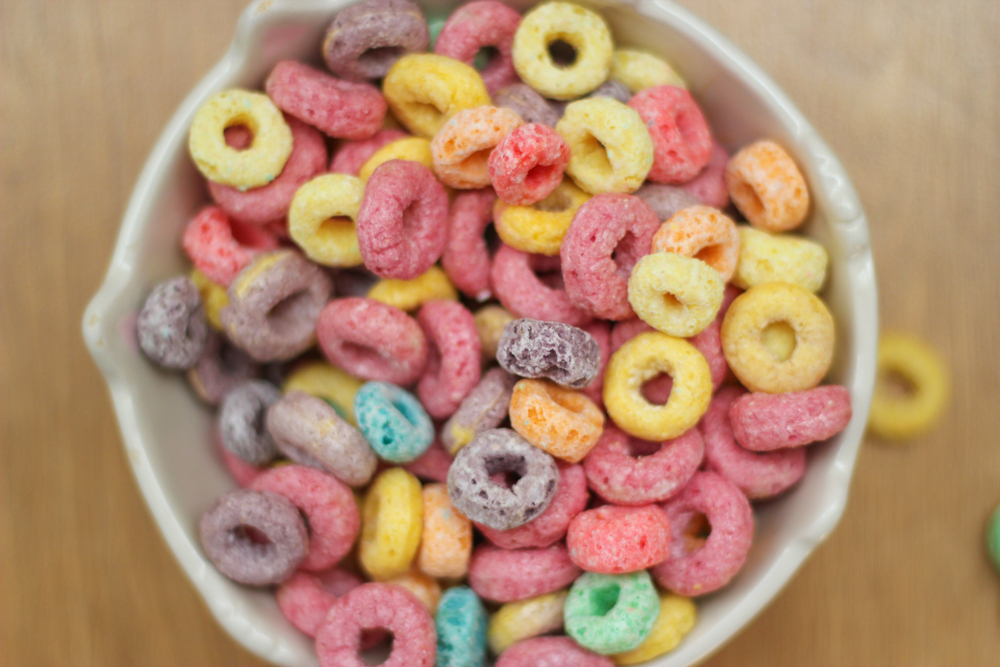
Cereal used to be the cornerstone of morning routines. It was fast, filling, and kid-friendly. Today, young people are turning to healthier and more convenient options. Many cereals are high in sugar and refined carbs. They do not provide enough nutrition for people looking to start their day strong. Alternatives like protein shakes, overnight oats, or fruit and yogurt bowls are now more popular. There is also a decline in traditional breakfast eating. Some skip breakfast altogether, while others eat on the go. The time it takes to pour cereal, add milk, and wash dishes is enough to drive people toward portable meals.
Cable TV Packages

Cable television used to be the primary way to watch news, sports, and entertainment. That era is ending. Young people are cutting the cord in favor of streaming platforms. These services offer flexibility, variety, and lower prices. Unlike cable, streaming lets users pick exactly what they want to watch. You do not pay for hundreds of channels you never use. Most importantly, it is accessible across devices, not just televisions. Mobile viewing, binge-watching, and subscription bundles are far more attractive. Even traditional networks are shifting their focus to digital platforms. Cable is simply not worth the cost for younger audiences.
Greeting Cards

Paper greeting cards used to mark every celebration. Now, they often stay on shelves collecting dust. Young people prefer sending messages through social media, texts, or custom digital cards. These options are quicker, cheaper, and more personal. The cost of cards and postage adds up, especially when digital versions are free. Some cards are still bought for humor or nostalgia, but they are rare purchases. Environmental awareness also plays a role. Avoiding waste and paper use fits with the values of younger generations. Digital messages now deliver the same sentiment without the physical clutter.
Desktop Computers

The desktop computer once ruled both the office and the home. Today, young people want mobility and minimalism. Laptops, tablets, and smartphones can handle almost all daily tasks. Desktops are viewed as bulky and outdated. They take up space that many do not have in small apartments or shared homes. Only gamers or video editors still seek out high-powered desktops, and even then, compact builds are favored. For most users, portability and cloud storage have made desktops irrelevant. The rise of hybrid devices like 2-in-1 laptops has sealed the deal. The demand for desks and towers is no longer strong.
Disposable Cameras

Before smartphones, disposable cameras were a cheap way to capture memories. They were sold at airports, gas stations, and corner stores. Now, they are a novelty at best. Young people use smartphones for everything photo-related. With digital storage, editing apps, and instant uploads, there is little need to carry a camera that can only take 24 shots. Film development is slow and costly. Even though some embrace disposable cameras for a retro effect, it is more of an occasional gimmick. Most photos today are shared within seconds and stored online. The wait for printed photos feels unnecessary.
Read More: Fast Fashion Is Falling Apart Quicker, and Shoppers Are Finally Over It
Fine China
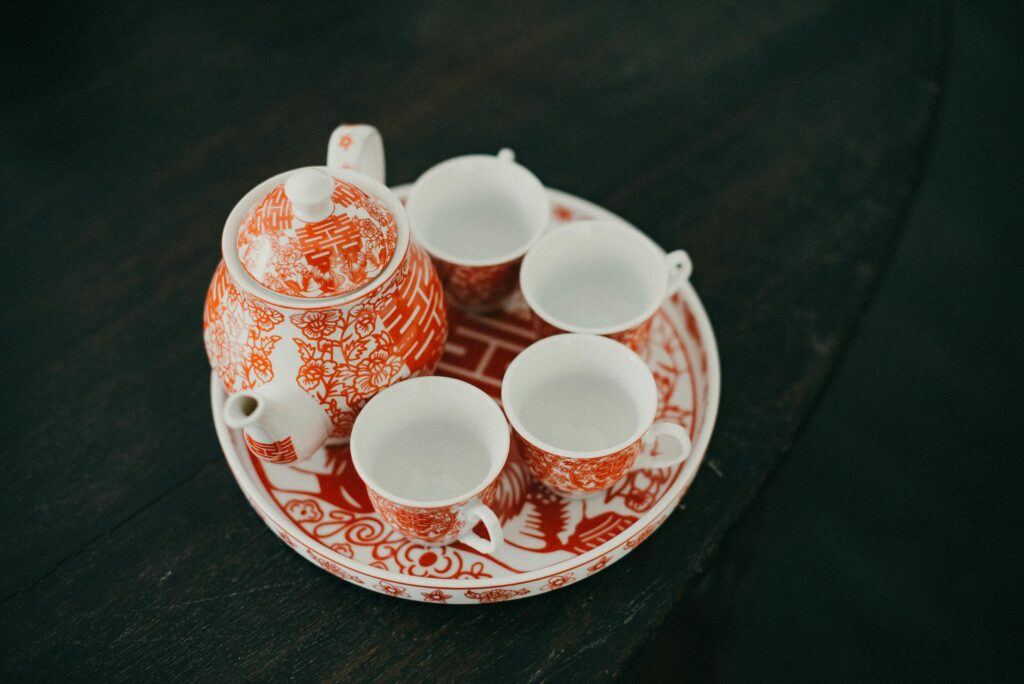
Fine china was once part of the wedding gift list and family heirloom tradition. Young people are not interested. Expensive dishes that need special handling and storage do not fit modern living. Minimalist kitchen spaces and casual dining habits make fine china feel impractical. Many do not host formal dinners or large gatherings. Everyday plates that are durable and dishwasher-safe are more appealing. Even when inherited, china sets often stay in boxes or are sold online. Young people prioritize function over form, and delicate dishware no longer aligns with how they cook, eat, or entertain.
Landline Telephones
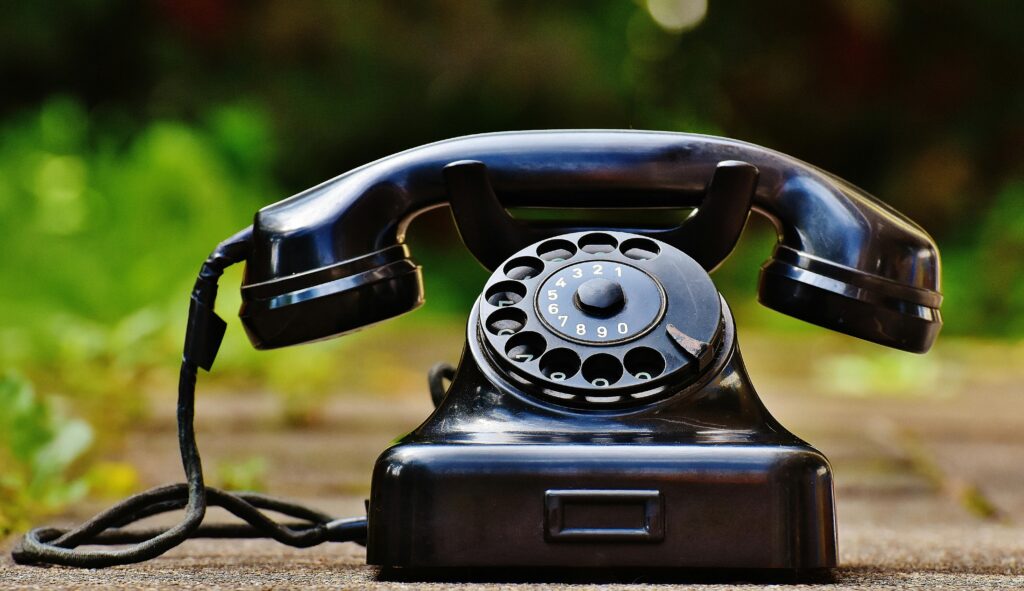
Landline phones used to be essential in every home. They are now disappearing fast. Young people rely entirely on mobile phones for calls, texts, and internet use. A landline is seen as unnecessary and outdated. Setting one up requires extra fees and hardware. Most apartments and shared homes do not even have phone jacks anymore. The flexibility of mobile devices has replaced every function of a landline. It is also common for young people to avoid voice calls altogether in favor of messaging. The landline has become a relic of a different time and no longer holds any daily function.
The New Marketplace Reflects Different Values

What these products have in common is a failure to meet the needs of today’s young people. They do not fit modern schedules, living spaces, or values. Sustainability, convenience, and tech integration are more important than tradition or routine. As new products rise, these older ones fade quietly from shelves and homes. Brands that fail to adapt will continue to lose relevance.
Whether it is skipping cereal for smoothies, or choosing a laptop over a desktop, young people are reshaping what everyday living looks like. Their preferences are practical, mobile, and intentional. These disappearing products are not likely to make a comeback unless they evolve in ways that align with how younger generations live now.
Read More: 10 Viral Amazon Finds That Actually Live Up to the Hype
Disclaimer: This article was created with AI assistance and edited by a human for accuracy and clarity.

